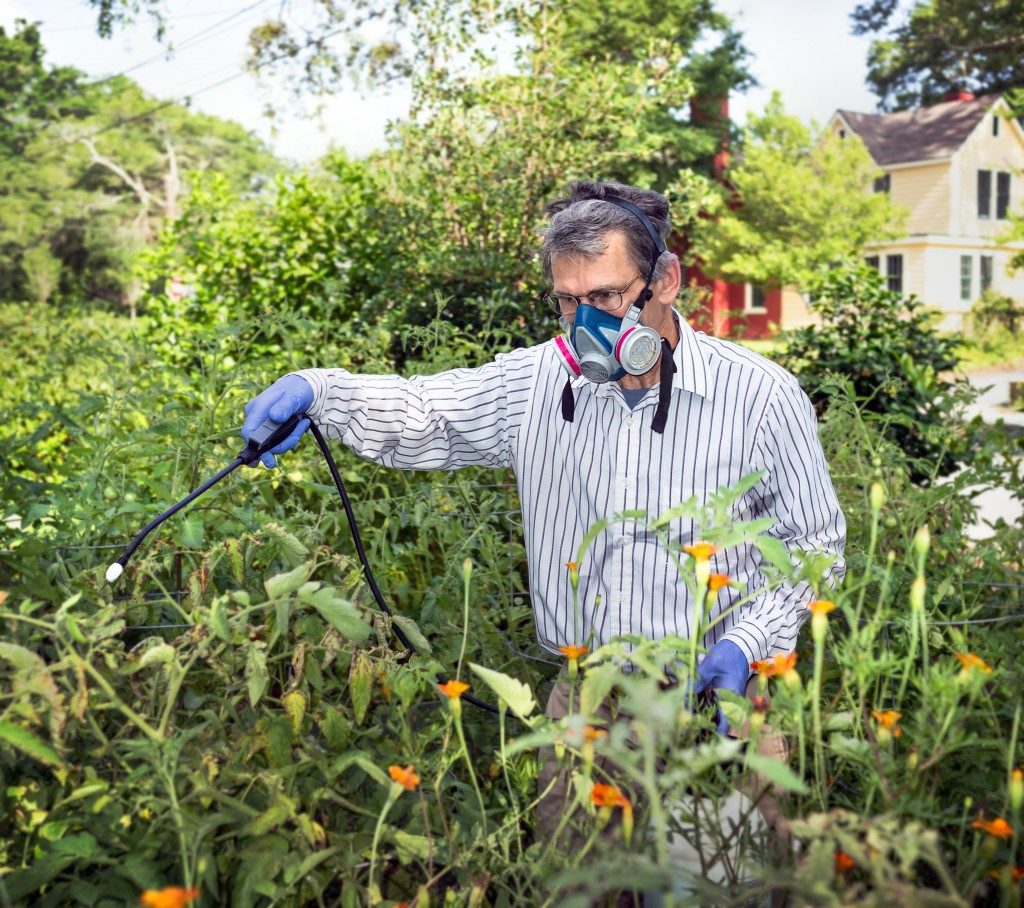Your lawn provides the first impression to every visitor to your home. It’s only natural for you to protect and care for your lawn. A well-kept lawn is a landmark of a good home, and nothing makes a lawn appear lush than sod.
But keeping sod in Utah lush and green can be difficult. The desert environment can produce any number of challenges when it comes to water and temperature. But other threats can ruin your sod.
Sod Pests
You can find several beetles, larva, and fungi in Utah, and your sod and turf can draw them in. Among the most damaging to lawns are armyworm and cutworms. These caterpillars are immature moths, and their damage on young plants is often mistaken for drought stress or damage by other insects.
Billbugs are weevils whose larvae feed on lawn grass, with most of the damage done from the middle of June until the end of July. The damage they do can be confused with drought stress and fungal disease. Finding sawdust-like residue, or frass, in your lawn is a sure sign of billbug infestation.
Japanese Beetles are an invasive pest that damage lawns, vegetables, and even trees. Both their grubs and adults are destructive to plants, skeletonizing leaves during feeding. These plants include lilac, magnolia, and forsythia.
White grubs are larva of scarab beetles. These tiny white worms are the most prolific and destructive pests on turf and sod. They feed on grass near the soil and can go unnoticed until the sod turns yellow. They then feed on the roots, making the sod loose and easy to pull up.

On Pest Control
Before you run down to the garden center to buy pesticide, consider more environmental solutions. Insecticides and other chemical controls can be harmful to your lawn, and maybe even your family. Eco-friendly methods of pest control are also beneficial to the environment, and can cost less than conventional means.
Here’s a quick guide to getting rid of lawn pests without harming the environment:
Make allies. You can use some insects to keep your lawn healthy. Ladybugs, both in their immature and adult forms, prey on aphids and insects with soft bodies. Spiders of any kind that are no threat to humans eat all sorts of pests. Lacewings attack a variety of pests, such as caterpillars, aphids, scales, and their eggs. To control beetles and their grubs, predatory true bugs like the assassin bug and soldier bugs are your allies.
Make your lawn friendly for good bugs. The good bugs listed above can be bought online or in stores, or you can attract them to your lawn by planting the right kinds of plants. The latter method can also make your lawn more attractive. Cultivate plants that produce pollen and nectar, such as thyme, cosmos, rosemary, and mint.
Use homemade natural insecticides. You can easily make your own insecticides with no risk to your family and self. Some recommended ingredients include garlic, chili peppers, and even vegetable oil.
Your sod should be a priority in home care, but nothing should be more important than the well-being of your family. With these tips, you can always be sure that the grass is greener, and your family happier, on your home turf.




